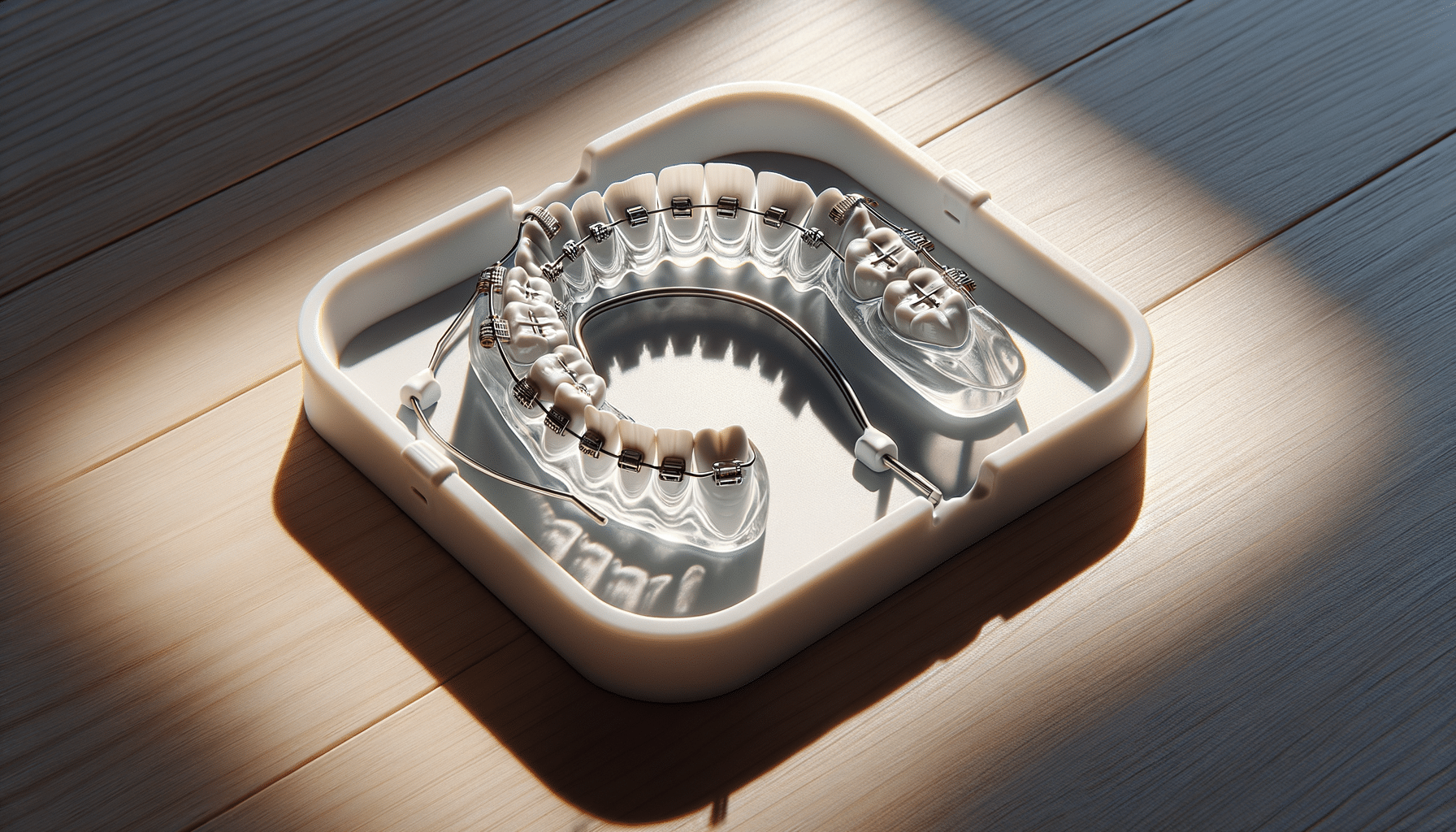
What to know about house saunas?
The Rise of Home Saunas: An Introduction
In recent years, the concept of home wellness has gained significant traction, with house saunas becoming a popular addition for many homeowners. Known for their therapeutic benefits and luxurious appeal, saunas offer a unique space for relaxation and rejuvenation. The history of saunas dates back thousands of years, with roots in Finnish culture where they were originally used for both health and social gatherings. Today, the appeal of having a private sauna within one’s home is growing, as it provides a convenient and personal retreat from the daily grind.
Home saunas are not just a symbol of luxury; they offer numerous health benefits that have been supported by various studies. Regular sauna use can aid in reducing stress, improving cardiovascular health, and promoting skin health. Furthermore, the convenience of having a sauna at home encourages consistent use, allowing individuals to integrate this beneficial practice into their daily routines.
Health Benefits of Saunas
Saunas are renowned for their health benefits, which extend beyond mere relaxation. The heat from the sauna induces sweating, which helps to detoxify the body by flushing out toxins. This process can also improve circulation, as the heat causes blood vessels to dilate, enhancing blood flow and oxygen delivery to various parts of the body.
Regular sauna sessions are associated with improved cardiovascular health. Studies suggest that using a sauna several times a week can lower blood pressure and reduce the risk of heart disease. Additionally, the heat exposure has been shown to improve endothelial function, which contributes to better heart health.
The benefits of sauna use also include potential weight loss, as the heat causes an increase in heart rate and metabolism, similar to moderate exercise. Furthermore, the heat exposure can alleviate muscle and joint pain, making it a popular choice for athletes and individuals with arthritis.
Types of Home Saunas
When considering a home sauna, it’s important to understand the different types available to suit various preferences and needs. The two main types of saunas are traditional Finnish saunas and infrared saunas.
Traditional Finnish saunas use heated stones to generate high temperatures, typically between 150°F and 195°F, and require water to create steam. This type of sauna offers a more intense heat experience, which many traditionalists prefer.
Infrared saunas, on the other hand, use infrared heaters to emit radiant heat that is absorbed directly by the skin. These saunas operate at lower temperatures, usually between 120°F and 140°F, making them more comfortable for longer sessions. They are also more energy-efficient and easier to install, often requiring less space.
Design and Installation Considerations
Designing a home sauna involves several considerations to ensure it meets your needs and complements your living space. The location of the sauna is crucial; it should be easily accessible yet provide privacy. Common locations include basements, bathrooms, or dedicated wellness rooms.
The size of the sauna depends on the available space and the number of users. A small sauna can accommodate two to three people, while larger models can fit up to eight. It’s essential to ensure proper ventilation to maintain air quality and prevent moisture buildup, which could lead to mold growth.
When it comes to materials, cedar is a popular choice for sauna interiors due to its natural resistance to moisture and decay, along with its pleasant aroma. Other options include hemlock and spruce. For the exterior, designs can vary from rustic to modern, allowing you to match the sauna with your home’s decor.
Maintenance and Safety Tips for Home Saunas
Maintaining a home sauna involves regular cleaning and checking for any signs of wear or damage. The interior should be cleaned with a mild detergent to prevent the buildup of sweat and bacteria. It’s also important to regularly inspect the heating elements and controls to ensure they are functioning correctly.
Safety is paramount when using a sauna. It’s advised not to exceed recommended time limits, typically 15 to 20 minutes per session, and to stay hydrated by drinking water before and after use. Individuals with cardiovascular conditions or those who are pregnant should consult with a healthcare provider before using a sauna.
Installing a smoke detector and having fire extinguishers nearby are additional safety measures. Properly maintaining the sauna will ensure it remains a safe and enjoyable retreat for years to come.


